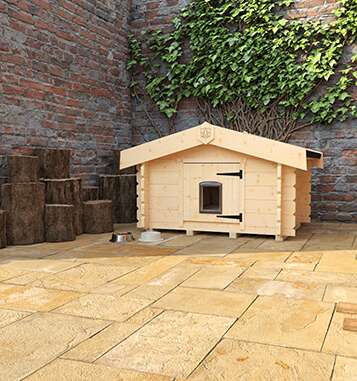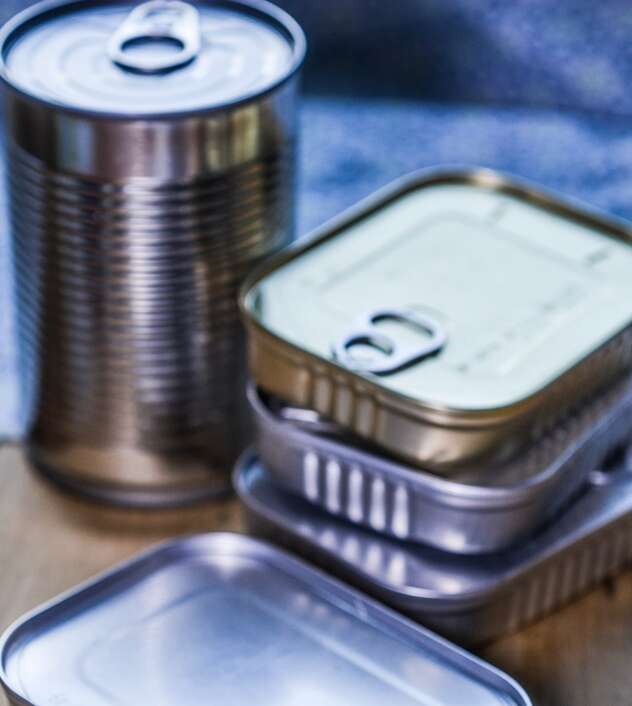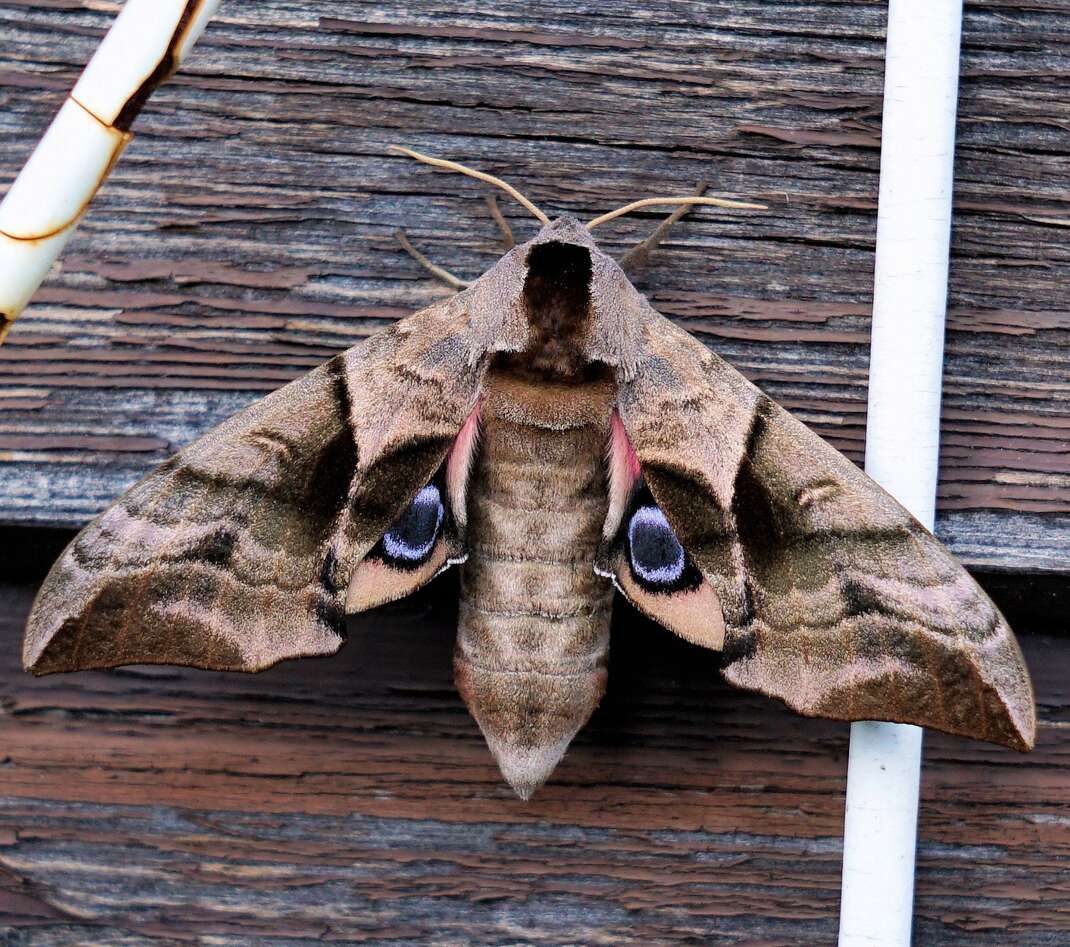How to Bug Proof your Shed
Published: 19/02/2023

It doesn’t take much to remind us that our gardens are bursting with life. Simply peek in your compost bin or peer through the shrubbery and you’ll see a whole world of wings, webs and wiggly things.
While most of the creepy crawlies living in our gardens are more than welcome, we certainly don’t want them taking up residence in our sheds. Even the smallest insects can be a nuisance and can potentially damage the structure of your garden building.
What’s more, as it gets darker and colder throughout autumn and winter, the minibeasts in our gardens will be attracted to the light, shelter, and warmth that our sheds provide, which makes bug-proofing outdoor shed storage essential all year round.

TigerFlex Shiplap Apex Security Shed | Delivered in around 7 days | Tiger Sheds
Dealing with pests inside and outside of our homes can be a big task. Creatures like flies, rodents, ants, moths and spiders are common, but fortunately, there are plenty of relatively quick and easy hacks you can do to keep insects out of your shed.
Here are our top Tiger Tips for getting started:
Fill Gaps & Cracks
Be sure to check your garden storage for cracks and holes, as even the smallest gap is an open invitation for insects. We recommend filling any holes you find with silicone and make sure your shed doors or windows close tightly, and it’s job done. However, remember to check for holes and gaps throughout the year as the timber in sheds can naturally shift ever so slightly as temperatures change.
Keep your Shed Watertight
Leaks are bad enough, resulting in water damage and mould if left unchecked, but moisture of any kind in your shed will quickly attract unwanted insect attention. Fill any leaks you see in the walls with silicone and be sure to patch up any holes in the roof to be one step closer to a bug-proof shed.
Whilst we’re talking about the roof, leaks aren’t the only problem you might have to contend with. Cracks and damage to the roof covering of your shed are the perfect entry point for birds and insects so don’t forget to look up! Make sure your felt is tight and the fascia boards are secure.
Choosing quality roof felt and then installing roof shingles on top of the felt (especially for log cabins) will give your garden room an extra layer of protection and adds to insulation.
If your roof is looking worse for wear, then it’s always worthwhile replacing it to protect the structural integrity of your shed.
Store your Waste Elsewhere
It can be very convenient to keep your bins out by the shed, but even just one bag of garden waste is enough to entice all manner of creepy crawlies. Wet household rubbish and green waste including leaves, twigs, lawn clippings, paper and cardboard can be problematic, so save yourself all sorts of trouble by keeping any rubbish dry and sealed.
A bin store is incredibly secure and protects your wheelie bins from blowing over in high winds and from subsequent invasion from pests like flies, squirrels, rats and foxes.

Tiger Bin Store - Double | Tiger Sheds
Seal up your Seeds
We’re probably all guilty of keeping left over seeds scattered around the shed, but they’re an easy meal for all manner of creatures. If you’ve got seeds to spare, keep them in a sealed container so they don’t encourage any hungry visitors.
Wire Mesh
The shelter our sheds provide can also attract some much bigger visitors. Mice, rats and foxes will readily take advantage of convenient space underneath your garden storage, so it’s a good idea to wrap the base with some wire mesh so they can’t find a way through.
Paw Patrol
Another way to ward the bigger pests off your patch is to get yourself a pet! Dogs and cats will quickly lay claim to your garden as their own, marking their territory and helping provide you with a rodent-proof shed in the process.

Tiger Deluxe Cat Cabin | Wooden Outdoor Cat House | Tiger Sheds
Keep your Shed Clean
Damp and dirty surfaces are a breeding ground for pests so keep your space clean and tidy to combat this.
Cheaper sheds can use OSB (orientated strand board) on the floor, to keep the price down, but the cons of OSB is that the sheets swell up when exposed to water and damp conditions. Look for a shed that has tongue and groove floorboards to prevent the wind and rain getting inside.
Upgrade to a Well-Made Shed
If your garden storage is old and dilapidated, chances are you’re already fighting a losing battle. While replacing old or rotten shed parts will buy you some time, it’s likely that the rest of the shed isn’t far behind. By far the best way to keep bugs out of your shed is to upgrade to a new one.
It is common knowledge that cheaper quality sheds are likely to have thinner frames and poor rough finished thinner cladding. Tiger Shiplap Sheds and tongue and groove cladding are built using only the highest quality materials that many sheds on the market today cannot compare to and provide a more stable and secure shed structure.
Have you seen the world’s first and only certified Spider Proof Shed?
With 25% of the UK public admitting they're too scared to go into their sheds because of arachnophobia*, Tiger Sheds have created the world's first Spider Proof Shed. You no longer must be afraid to grab your garden tools or bike super speedy; you can visit your shed with confidence with the Spider Proof Shed!
Intelligently and carefully designed to repel spiders. Unlike your standard garden shed, the entire space is airtight. As we all know, spiders like to crawl through the tiniest of cracks and crevices, so we've taken extreme care to cover every possible area that spiders can get through and we've even added a special airtight door seal. The windows are made from tempered glass and are completely sealed too, and it comes with repellent lining paper in a sky-blue colour as it has been scientifically proven to help repel spiders.
As a bonus, why not upgrade your treatment so that the wood is impregnated with peppermint, citrus and insecticide; all ingredients that spiders are not a big fan of. As an extra, this also ensures that your shed smells fresh!

Spider Proof Shed | Tiger Sheds
Common Shed Pests
Insects - There is a staggering 27,000 different types of insects native to the UK alone and chances are there are thousands in your garden right now. The best way to stop bugs breaking into your garden storage is to seal up any cracks and crevices they can wriggle through. Serious infestations might call for the use of insecticide or repellent but, with no way to get into your shed, any unwelcome insects are likely to make their way elsewhere.
Wasps & Bees – While blocking up any holes or cracks will stop wasps and bees from getting into your garden shed, removing them can be slightly trickier, especially if you have a nest to deal with. Wasp-specific insecticides are available but the safer and less harmful option (to you and the insects) is to call a pest professional in.
Rodents – Easily the most destructive creatures to squat in our sheds, rats and mice will primarily break into your garden storage in search of food, often chewing through everything they can. To make a rodent-proof shed, first remove anything that they might be remotely interested in eating and then cover any space between the ground and your garden storage with wire mesh, so that curious critters can’t find their way underneath.
Don’t store these items in your shed if you want a bug free zone…
Food
Temperatures in garden sheds can rise drastically during warmer weather. Tinned food should be kept at no higher than room temperature (21°C/70°F) and most food also spoils at 35°C. In addition, food stored in metal containers, especially when exposed to moisture and humidity can cause holes to develop in the tin which can expose the food inside to contamination. As a result, it’s best to store food in a cool, dry place (such as an empty cupboard in your house) rather than a standard garden shed.

Clothes
Exposure to moisture and humid weather can also make your clothes musty and mouldy and downright smelly! Bugs can also ruin your clothes such as mothballs.

Following our handy guide above throughout the year will certainly help keep your garden storage pest free, but if you’re trying to evict some unwanted guests from an old shed, you’re probably going to have a tough time.
The best pest control is always preventative so the first thing we recommend is investing in a new, well-made shed. Here at Tiger Sheds, our sustainably sourced timber is cut and treated by us in our very own sawmill to ensure a high quality, sturdy, and secure build.
Whilst we’d love to come up with the perfect pest-proof shed, it’s important to remember that most of the insects and animals in our gardens are a vital part of the ecosystem. Insecticides and repellents can and should be used in extreme cases, but following the preventative steps above is a great way to achieve bug-proof outdoor storage without doing any harm to your garden and its inhabitants.
At Tiger Sheds are quality is ingrained. We only select quality materials to work with and rely on experienced craftsmen to hand-built each timber component. Therefore, we offer the market-leading Tiger 20-Year Guarantee on all our garden buildings.
*Omnibus survey of over 2,000 people (national representative sample) conducted in July 2015 on behalf of Tiger Sheds by research company, The Leadership Factor.








